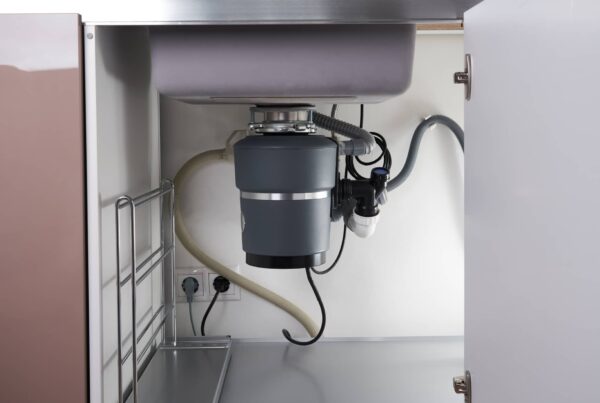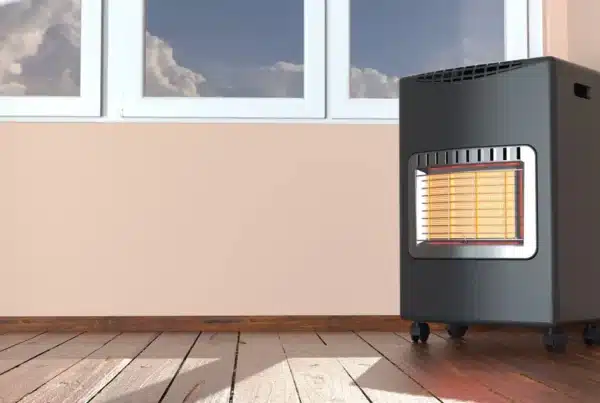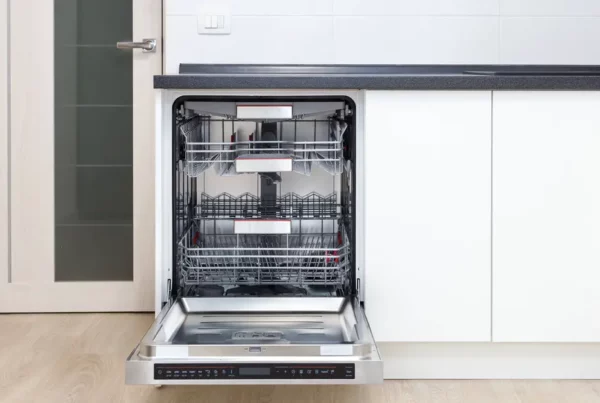
Removing a washing machine because you are replacing it with a newer version happens often in a home. Most appliances only last so many years before the new technology takes over. Homeowners are always looking to save money on their investments and with new technology saving on water usage and electricity usage, replacements occur often. How to disconnect a washing machine? Simply turn off the water supply, unplug the electrical cord, and disconnect the water and drain lines.
Let’s take a look at some more specific instructions listed below.
Steps To Disconnect A Washing Machine
Disconnecting a washing machine is not a difficult project. There are some fairly simplistic instructions to accomplish this task. Let’s take a look below at the steps.
- Turn off the water – locate the hot and cold water valves and shut off the water valves.
- Run the washing machine – place your setting on warm and turn the washing machine on for 30 seconds. This will drain the excess water from the water lines into the tub of the machine.
- Move to Spin Cycle – once the excess water is in the washing machine tub, switch the setting to the spin cycle. This will drain the water from the tub to the drain-out line.
- Not an option – if you aren’t able to run the washing machine then you can disconnect the cold and hot water hoses from the machine, as well as the drain hose, and use your bucket to catch the excess water.
- Unplug the electricity – unplug the electrical cord and use your duct tape to tape it to the back of your washing machine.
- Disconnect – now you are ready to disconnect the water line hoses and the drain hose. Remove the drain hose from the drain. Then, remove the hoses and place the hoses into the washing machine tub for safekeeping. If calcium buildup prevents you from completely unscrewing the hoses, then just duct tape them to the back of the washing machine.
- Tape it shut – use your duct tape to tape the lid or door to your washing machine shut. This protects the insides and any hoses you stored in the washing machine.
- Place the dolly – use a friend or hired help to pull the machine out of its holding spot. Then, elevate the back of the washing machine upwards and slide the appliance dolly underneath. Next, secure the washing machine with bungee cords or rope. Now you can tilt the front of the washing machine back towards the dolly support and wheel the washing machine downstairs and outside or just outside.

Needed Materials
If you decide to take on this project yourself, you will need a few items to assist the process.
- Small bucket – drain your excess water in the hot water and cold water lines into the bucket.
- Old Rags – soaks up excess water from washing machine water lines.
- Appliance Dolly – elevates the washing machine and makes it easier to transport downstairs or to a truck for removal.
- Duct Tape – used to tape the electrical cord to the back of the washing machine. Also, tape the lid closed while moving the machine.
- Ropes or Bungee Cords – used to hold the washing machine safely to the appliance dolly.
- Two People To Assist – necessary if you have an upstairs washing machine setup.

How Much Does It Cost
Having a local contractor or handyman come into your home to disconnect and remove your washing machine is easy. The national average cost is $90 to $150 per disconnect. This project simply involves a wrench and your time. Only homeowners who do not have the time, patience, or strength to disconnect the washing machine should hire a local contractor or handyman.
Other Recommended Maintenance
While you are looking into how to disconnect your washing machine, this could be a great time to complete other projects. For example, how to fix your squeaky garage door? In some cases, washing machines are in a garage. So, while you are disconnecting the washing machine for replacement, consider having your squeaky garage door fixed.
Next, consider looking at your hot water heater in the garage. This is a good time to start thinking about replacing other appliances in your home. Additionally, if one appliance is failing, you can likely bet that others are not far behind. Also, research how old your water heater is. By doing so, you can calculate the lifespan remaining on the water heater and avert any major issues down the road.
Lastly, take a look at your dryer. If you see a wet spot under the dryer make sure that it is not leaking from somewhere. Also, you might think that it is excess water from your disconnect of the washing machine hoses. However, this would be a great time to know if dryers can leak water. Knowing if they can or cannot is great information for a homeowner.

When Do I Call A Professional
Getting your washing machine disconnected can be a simple task for most homeowners. However, not every homeowner has the strength, tools, or time to accomplish this project. This would be a great time to reach out to your local professional contractor or professional handyman. Lastly, they will know exactly what to do with your washing machine.
In some cases, when you purchase a new washing machine from a local hardware store, they will send a delivery team out to disconnect the old one and re-connect the new washing machine.
Conclusion
Before you decide to be a weekend warrior and just disconnect and relocate your washing machine by yourself, keep in mind that you might need new electrical. This may be the reason your washing machine stops working so go ahead and reach out to your local home inspection team. You might find yourself needing other projects or repairs like the one mentioned, completed promptly.
Once the home inspection is completed, you can hire a professional contractor or a professional handyman to complete the repairs or projects. Call on Waypoint Property Inspection to conduct a home inspection on your home in Tampa, St. Petersburg, Lakeland, Orlando, Palm Beach, Ft. Lauderdale, and surrounding areas.



